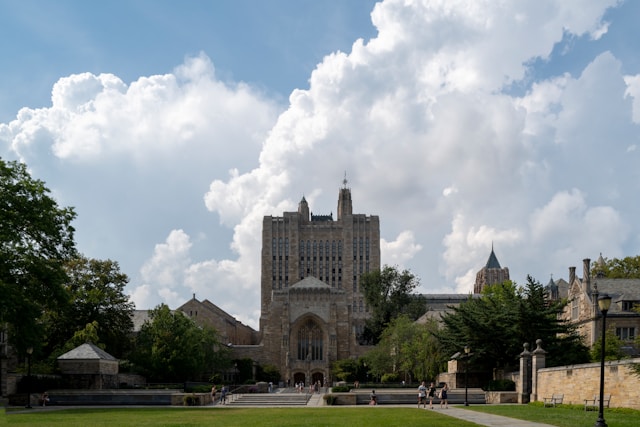Connecticut lawmakers find themselves in the thick of a housing reform debate—again. This time, though, there’s a fresh push for compromise.
Five months after Governor Ned Lamont vetoed an earlier proposal, a revised bill is picking up steam. Supporters claim it strikes a balance between affordable housing and local control, but critics aren’t convinced about the pace or reach of the legislation.
Explore top-rated stays with no booking fees and instant confirmation. Your dream trip starts here!
Start Exploring Now
The measure, now called a “Housing Growth Plan,” moves away from mandates. Instead, it leans into a more collaborative, towns/”>town-led approach.
Background: From Veto to New Vision
Governor Lamont shot down the earlier housing bill over concerns about state overreach and parking rules. From Hartford to Greenwich, communities argued that a blanket housing strategy would mess with their towns’ unique character.
The Turnaround
Now, Lamont backs the new version because he sees affordable housing as key to economic opportunity. This time, the bill sets flexible regional goals, not rigid requirements.
Towns can get incentives if they’re willing to invest in new housing developments. That’s the carrot, not the stick.
Key Changes in the Housing Growth Plan
The updated bill ditches statewide mandates for locally set targets. Towns like New Haven, Bristol, and Middletown get more say in how they’ll meet regional housing needs.
Financial Support for Communities
Grants will help towns such as Waterbury, Norwalk, and Stamford cover development costs. Lawmakers hope this makes projects doable without hammering local budgets.
Revised Parking Regulations
Parking rules sparked a lot of drama last time. The new bill tweaks those requirements:
- Housing projects with over 16 units might need minimum off-street parking.
- Smaller developments in certain zones have to run parking studies to figure out what’s actually needed.
Balancing Density and Community Character
This change tries to calm worries in suburban towns like Glastonbury and Cheshire. Overcrowding and traffic have been sore spots there.
Political Perspectives
Majority Leader Jason Rojas calls the bill a real compromise. He says it keeps the spirit of earlier reforms while letting towns steer the ship.
But critics like Senator Jeff Gordon point out the bill’s over 100 pages long. They argue that’s a lot to digest before a vote.
Alternative Views on Affordability
Some Republican lawmakers, especially in places like Danbury and Torrington, think property tax reform would do more for affordability than changing zoning or parking rules.
Bipartisan Attention Across Connecticut
Still, leaders across the aisle—from Bridgeport to Meriden and New London—are paying attention. They want to know how these new housing goals will mesh with their own planning and zoning boards.
Impact on Residents and Developers
If this plan goes through, developers could have an easier time working within local rules. Residents in pricier areas like Westport and Fairfield might finally see more affordable housing options shake up the market.
Final Thoughts
Connecticut’s approach to housing reform keeps shifting. This latest proposal shows that lawmakers are starting to pay attention to what towns actually want.
Bipartisan interest is growing. The Housing Growth Plan feels more flexible than past efforts, which could give it a real shot—if lawmakers can sort out the details before the session wraps up.
Would you like me to also create a **meta description and SEO-friendly keywords** for this blog post so it ranks better in Google searches? That would help maximize its reach.
Here is the source article for this story: Revised housing bill unveiled following Gov. Lamont’s veto
Find available hotels and vacation homes instantly. No fees, best rates guaranteed!
Check Availability Now








